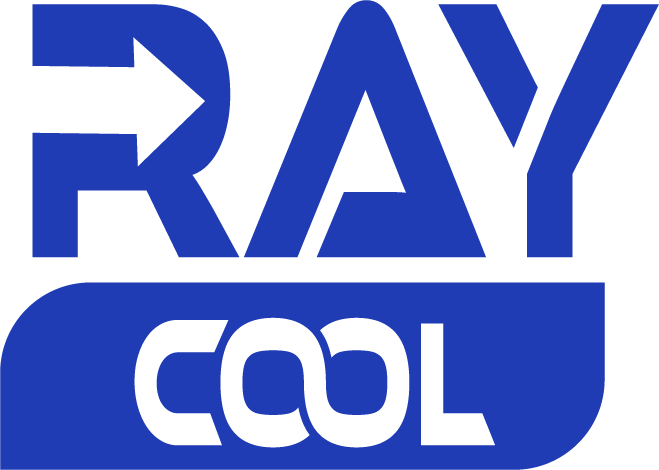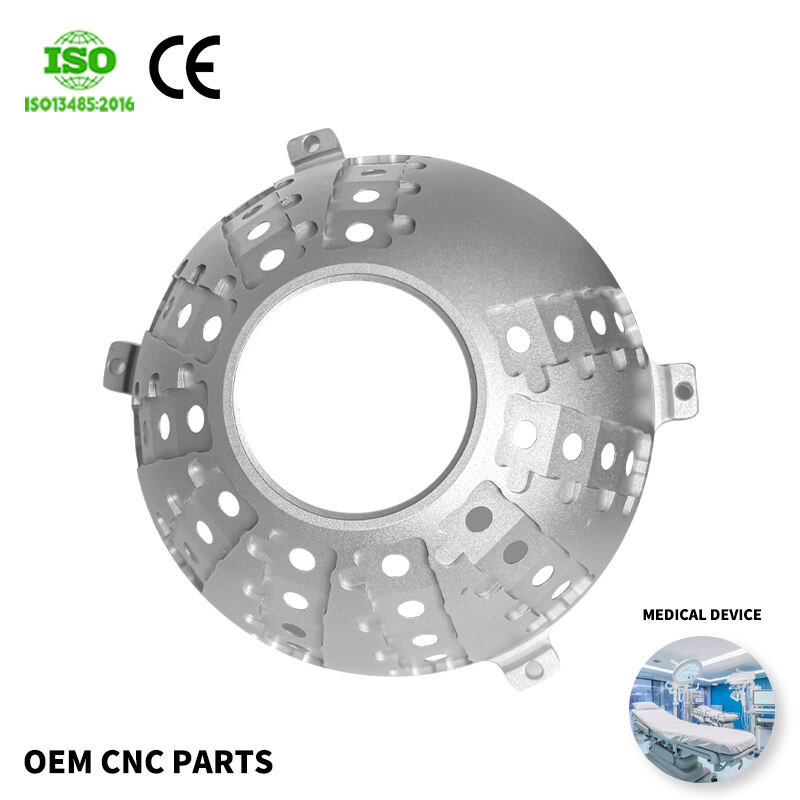Understanding the Economics of Modern CNC Manufacturing
CNC machining has revolutionized modern manufacturing by offering unparalleled precision, repeatability, and versatility. As industries continue to evolve, the need for cost-effective manufacturing solutions becomes increasingly critical. Companies across sectors are seeking ways to optimize their CNC machining processes while maintaining high-quality standards and managing budgets effectively.
The relationship between process selection and final outcomes in CNC machining is intricate and multifaceted. Each decision made during the planning phase can significantly impact both the quality of the finished product and the overall production costs. Understanding these relationships is crucial for manufacturers and project managers who aim to deliver excellence while maintaining competitive pricing.
Material Selection and Cost Implications
Strategic Material Choices
The selection of materials in CNC machining represents one of the most significant cost factors in the manufacturing process. High-grade materials might offer superior performance characteristics but can dramatically increase production expenses. Engineers must carefully balance material properties against budget constraints while considering the end-use requirements of the component.
Modern CNC machining allows for the processing of diverse materials, from common aluminum alloys to exotic superalloys. Each material choice brings its own set of machining parameters, tool requirements, and processing times, all of which directly influence the final cost structure.
Material Optimization Techniques
Implementing strategic material optimization techniques can substantially reduce waste and overall costs. This includes careful consideration of stock sizes, nested cutting patterns, and efficient material utilization strategies. Advanced CNC machining centers can maximize material usage through sophisticated programming and cutting patterns.
Material optimization extends beyond mere efficient cutting patterns. It encompasses understanding how different materials respond to various cutting speeds, feed rates, and tool selections. This knowledge enables manufacturers to achieve optimal results while minimizing material waste and processing time.
Tooling Strategies and Economic Impact
Tool Selection and Lifecycle Management
The choice of cutting tools significantly influences both machining efficiency and operational costs. High-quality tools may require larger initial investments but often prove more economical in the long run through extended tool life and improved cutting performance. Effective tool management strategies in CNC machining operations can lead to substantial cost savings while maintaining product quality.
Modern tool management systems integrate with CNC machining centers to monitor tool wear, predict replacement needs, and optimize cutting parameters. This proactive approach helps prevent costly production interruptions and maintains consistent quality standards throughout the manufacturing process.

Advanced Tooling Technologies
Emerging tooling technologies continue to expand the capabilities of CNC machining while offering potential cost benefits. Innovations in coating technologies, cutting geometries, and material composition enable faster machining speeds and extended tool life, directly impacting production economics.
The integration of smart tooling systems with CNC machining operations provides real-time monitoring and adjustment capabilities. These advanced systems help optimize cutting parameters, reduce tool wear, and maintain consistent quality standards throughout production runs.
Process Planning and Optimization
Strategic Operation Sequencing
Effective process planning in CNC machining involves carefully sequencing operations to minimize setup times and tool changes. Sophisticated CAM software helps optimize tool paths and cutting strategies, reducing machine time while maintaining quality standards. This strategic approach to operation planning can significantly impact both production costs and final product quality.
The implementation of intelligent machining strategies allows for the combination of multiple operations, reducing overall processing time and improving efficiency. Modern CNC machining centers can execute complex sequences of operations with minimal operator intervention, further enhancing cost-effectiveness.
Quality Control Integration
Building quality control measures into the CNC machining process helps prevent costly errors and rework. Advanced inspection technologies, when integrated with machining operations, enable real-time quality monitoring and adjustment. This proactive approach to quality management helps maintain high standards while minimizing waste and additional processing costs.
The implementation of in-process measurement and verification systems ensures consistent quality throughout production runs. These systems can automatically adjust machining parameters based on real-time measurements, reducing the need for post-process inspection and rework.
Production Volume Considerations
Batch Size Optimization
The relationship between batch size and cost-effectiveness in CNC machining requires careful analysis. Larger production runs typically benefit from economies of scale, spreading setup costs across more units. However, optimal batch sizing must consider inventory carrying costs, storage requirements, and market demand patterns.
Modern CNC machining centers offer the flexibility to efficiently handle varying production volumes. Advanced setup reduction techniques and quick-change fixturing systems help minimize the impact of batch size on per-unit costs while maintaining quality standards.
Flexible Manufacturing Systems
The implementation of flexible manufacturing systems in CNC machining operations enables efficient production of varying batch sizes. These systems can quickly adapt to different part configurations and production requirements while maintaining cost-effectiveness and quality standards.
Integration of automated material handling and tool management systems further enhances the flexibility and efficiency of CNC machining operations. These systems help optimize resource utilization and reduce production costs across different batch sizes.
Frequently Asked Questions
How does material selection affect CNC machining costs?
Material selection impacts machining costs through various factors including raw material prices, machinability characteristics, tool wear rates, and required processing times. More expensive or harder-to-machine materials typically increase both tooling costs and processing time, while materials with better machinability characteristics can help reduce overall production expenses.
What role does automation play in cost-effective CNC machining?
Automation in CNC machining helps reduce labor costs, minimize human error, and increase production efficiency. Advanced automation systems can manage multiple aspects of the manufacturing process, from material handling to quality control, resulting in more consistent output and lower per-unit costs.
How can companies optimize their CNC machining processes for better cost-effectiveness?
Companies can optimize their CNC machining processes through careful material selection, efficient tool management, strategic process planning, and implementation of advanced quality control systems. Regular analysis of production data and continuous improvement initiatives help identify opportunities for cost reduction while maintaining quality standards.

